#Taiyō no Ōji Horusu no Daibōken
Text
Etched into stone
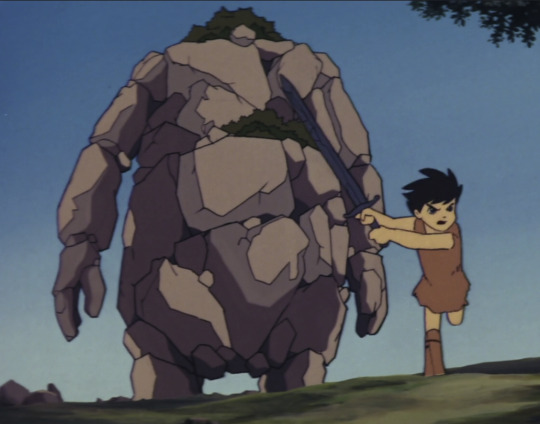

Here and there, over the last 18 years, I have written most everything I ever wished to write about Wanda To Kyozou. However, I don't believe I've discussed how influential Isao Takahata's 1968 film Taiyō no Ōji Horusu no Daibōken was to Ueda's work, this game in particular.

Before anything else, I'd like to establish a certain degree of verité. This classic animation has not only been mentioned by Ueda on a few occasions, the actual DVD can be seen in the booklet included with the Japanese limited edition of the game's re-release on the PS3.
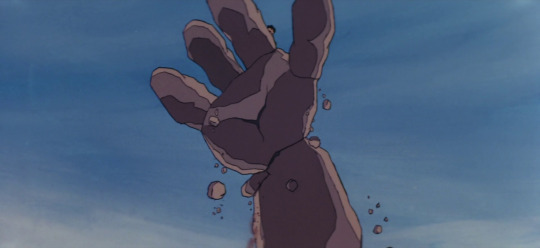
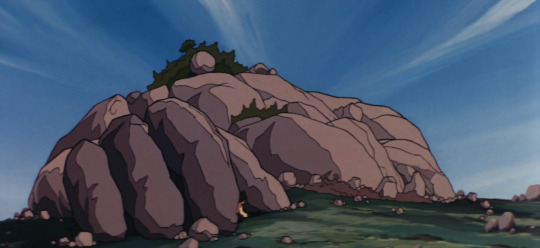
From its size to the manner in which it moves, there are several similarities between the colossi and Mōgu, especially the first of them all, Valus. Notice the birds hovering above their heads.

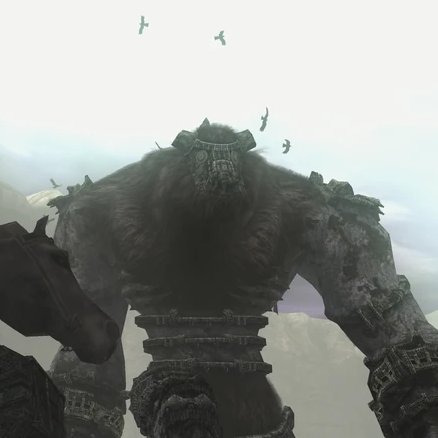
Mōgu is a gentle titan afflicted by a splinter in his shoulder. Horus discovers that the splinter is in fact the magical sword of the sun. Rooted in Arthurian legend, pulling it out mirrors the necessary force which Wander needs to exert to inflict damage on a colossus.


Horus' sword of the sun also suggests an interesting link with Wander's ancient sword, in that both blades are able to magically gather light as a defining characteristic.
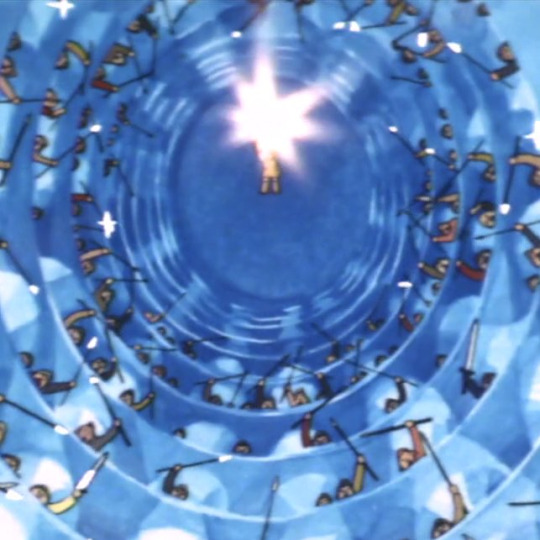
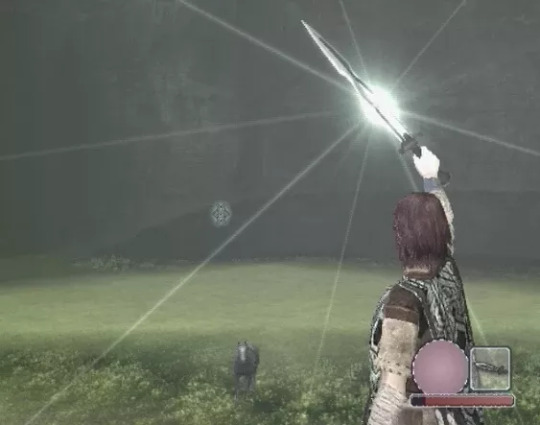
Horus defeats a giant pike using his axe and spears, a confrontation not without its share of parallels with Hydrus'. While this 7th colossus is more dragon than fish-like, the combat requires holding fast to the creature as it submerges. Also, early concepts showed Wander carrying a spear.
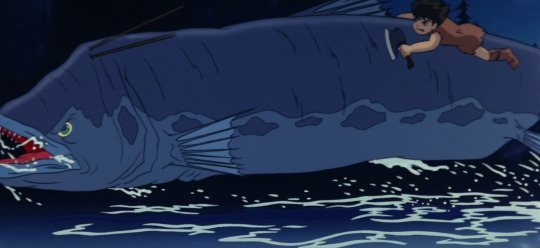

A more speculative connection, perhaps, is that of the villain Grunwald. Despite being an average-sized human, the first scenes of the film depict him as a giant on the horizon. The presence of horns alone is noteworthy, more so in combination with his shining eyes.
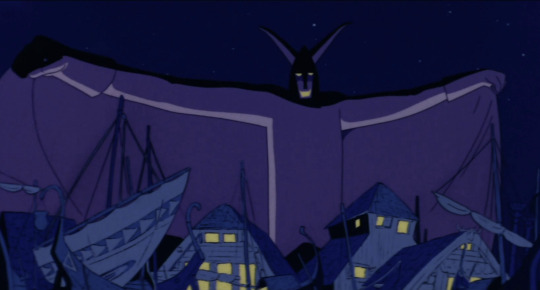
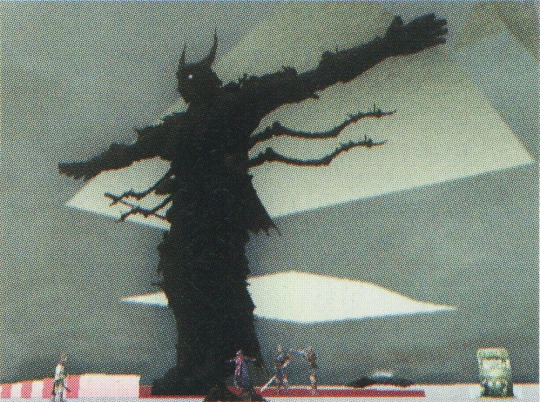
On a final note, the film's influence is just as discernible in Ico. Yorda (Yoruda) shares many resemblances with Hilda (Hiruda), including their inherent special abilities, their family bond with a villain representing absolute evil, as well as the resulting internal conflicts.

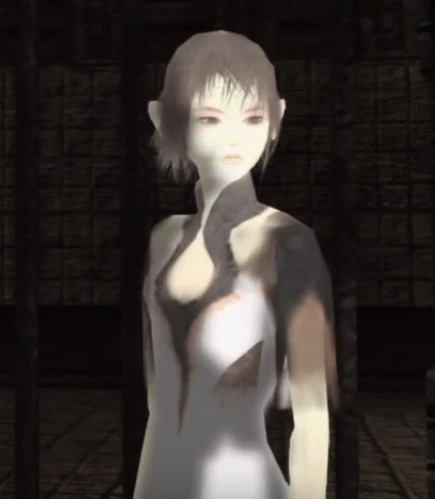
To conclude, I would merely like to add that this relationship between the two works operates at both a conscious and unconscious level. If Ueda watched this film as a child, the above connections become all the more relevant because they speak of a process of long-term assimilation, where the visual themes and concepts of the film acted as a formative reference for the author.
#wanda to kyozou#shadow of the colossus#fumito ueda#isao takahata#horus prince of the sun#太陽の王子 ホルスの大冒険#Taiyō no Ōji Horusu no Daibōken#ワンダと巨像#ico
116 notes
·
View notes
Photo


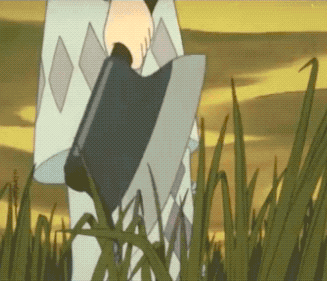

animated gals - Hilda
太陽の王子 ホルスの大冒険 / Taiyō no Ōji Horusu no Daibōken
(The Great Adventure of Horus, Prince of the Sun)
Jul. 21st, 1968
Japan
Isao Takahata
filed under: Japan, 1960s, supernatural
#the great adventure of horus prince of the sun#animated gals#the little norse prince#太陽の王子 ホルスの大冒険#Taiyō no Ōji Horusu no Daibōken#animated gals japan#animated gals 1960s#animated gals supernatural#supernatural#1960s#1968#japan#gif#anime#anime history#animation#animation history#history#hiyao miyazaki#isao takahata#taiyo no oji horusu no daiboken
89 notes
·
View notes